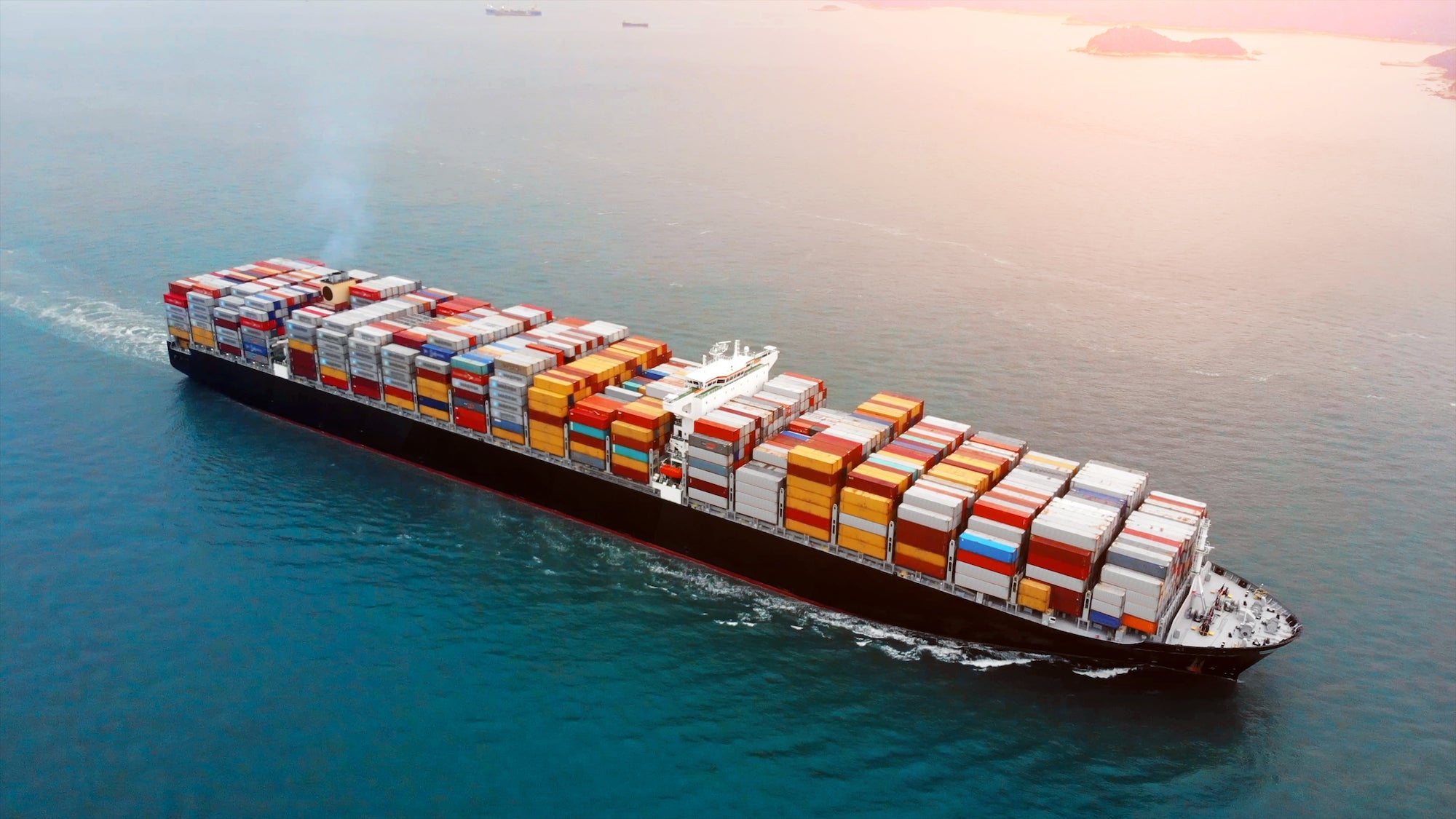
Maritime freight on imports and exports
Within the next lines we will talk about the most used transport modal in Foreign Trade: the maritime, which is responsible for more than 90% of Brazilian exports and imports and it is widely used in the transport of low added value goods (compared to the air modal), including commodities such as food and different types of ores of which Brazil is one of the main world exporters.
The air modal serves the same long distances as the maritime transportation, but the delivery time of this latter is much longer, which is why importers need to well-plan so that they receive their goods in a timely manner, avoiding problems.
One of its main advantages is in fact the cost, plus its greater capacity in cargo transport (as for the mentioned commodities, for instance). On the other hand, some of its disadvantages are the need for transshipment at ports, the long distance to reach production centers and the congestion at ports, which is one of the biggest problems that Foreign Trade has been facing since the beginning of the pandemic.
Currently, international trade is facing the worst crisis since the beginning of the history of container usage, as the rapid increase in world demand caused a shortage of empty spaces available, causing the price of international freight to rise steeply as a whole and several ports around the world experienced congestion, causing numerous delays in deliveries.
What documents are required for this operation?
The main documents required for an import by sea are:
Certificate of Origin
Packing List
Proforma Invoice
Commercial Invoice
Bill of Lading
Import License
Import Declaration
Cabotage
One of the subjects currently being discussed, matter on which, in fact, there is even a bill called “BR do Mar” (“sea highway”) to be approved, that is the use of cabotage (or coasting), which consists of domestic maritime transport between Brazilian ports.
Brazil has more than 8,000 km of coastline, so taking advantage of such modal is essential to increase the efficiency of our logistics, which is mostly dependent on the road modal, so subject to the risk of accidents, cargo theft and the cause of a large part pollution of the environment.
This bill, however, has yet to be approved by the Senate and still is the subject of several debates aiming to assess whether its implementation will be feasible or not.
The main Brazilian ports
Brazil has approximately 175 port cargo terminals, which include terminals for long-haul shipping (for imports and exports) and waterway facilities located on the countryside of the country that enable inland maritime transport through our rivers and lakes.
Currently, the main Brazilian ports that handle the largest volumes of cargo are:
1) Port of Santos (SP)
2) Port of Paranaguá (PR)
3) Itapoá Port (SC)
4) Portonave (SC)
5) Port of Rio Grande (RS)
6) DP World Santos (SP)
7) Chibatão Port(AM)
8) Port of Suape (PE)
9) Port of Itajaí (SC)
10) Port of Rio de Janeiro (RJ)